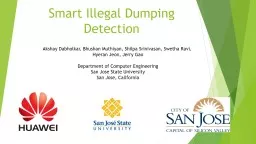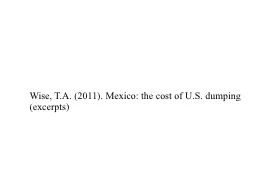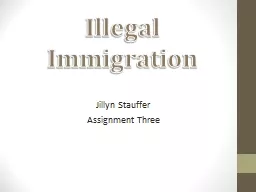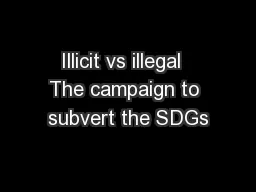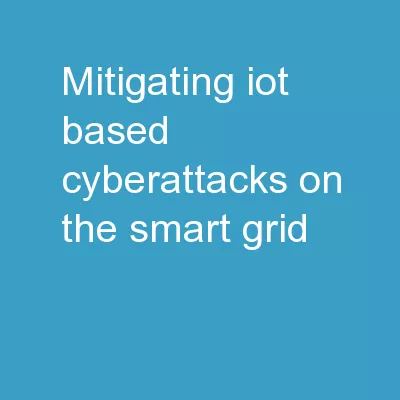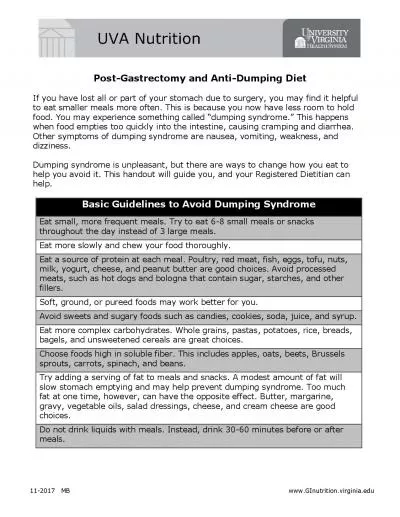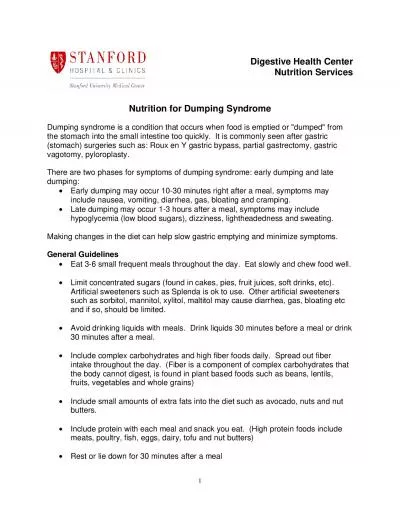PPT-Smart Illegal Dumping Detection
Author : sherrill-nordquist | Published Date : 2018-02-04
Akshay Dabholkar Bhushan Muthiyan Shilpa Srinivasan Swetha Ravi Hyeran Jeon Jerry Gao Department of Computer Engineering San Jose State University San Jose
Presentation Embed Code
Download Presentation
Download Presentation The PPT/PDF document "Smart Illegal Dumping Detection" is the property of its rightful owner. Permission is granted to download and print the materials on this website for personal, non-commercial use only, and to display it on your personal computer provided you do not modify the materials and that you retain all copyright notices contained in the materials. By downloading content from our website, you accept the terms of this agreement.
Smart Illegal Dumping Detection: Transcript
Download Rules Of Document
"Smart Illegal Dumping Detection"The content belongs to its owner. You may download and print it for personal use, without modification, and keep all copyright notices. By downloading, you agree to these terms.
Related Documents

